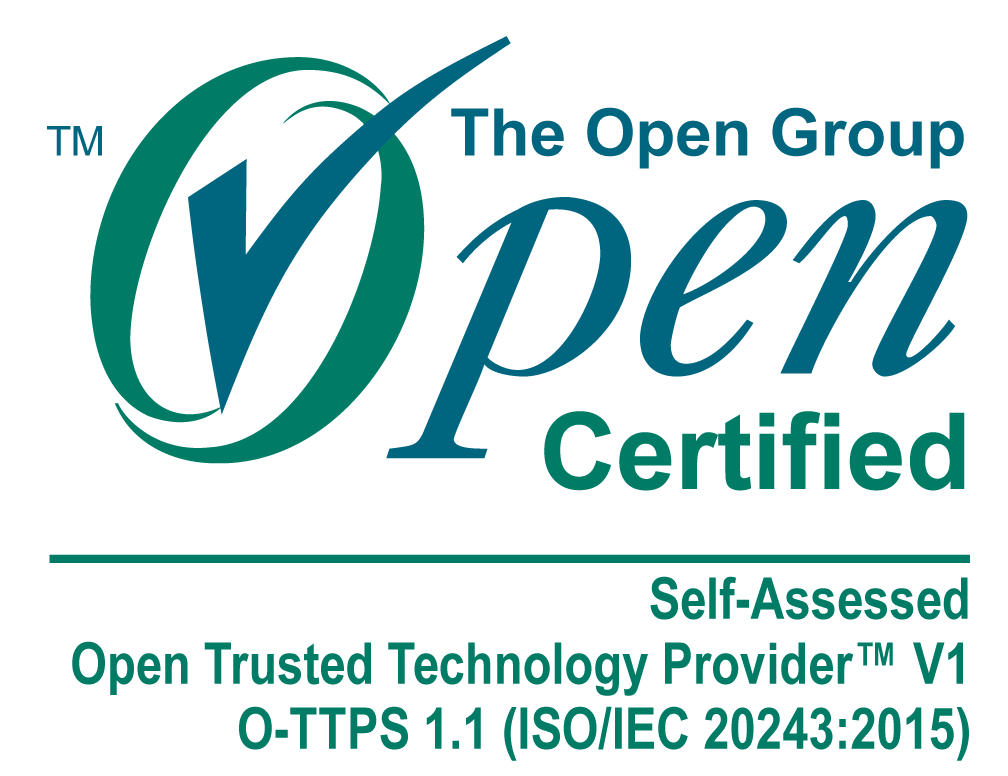Digital Transformations in Legacy IT Systems (Adding Automation & Orchestration to Your IT Strategy)

In just ten years digital transformation has made the jump from buzzword to IT strategy. For years, so-called transformation strategists hawked one process after another, each guaranteeing success if organizations would just commit the right amount of money and time. But even before there were success stories and case studies from organizations who claim to have transformed their IT systems, we all knew what we were trying to accomplish, even if we didn’t quite know how. The goal: creating value for your organization through adopting digital technology.
The shift from marketing-friendly media speak to a comprehensive action plan didn’t happen overnight. For some companies, the adoption of a cloud environment was and is fairly straightforward thanks to the availability and relative security of numerous public clouds. For others, the digital transformation process is an endless project filled with legacy IT systems that frustrate integration efforts and C-Suite demands for immediate and measurable results.
Despite yearly studies documenting digital transformation as CXO’s number one priority, the results are lackluster.
In one McKinsey & Company study, respondents indicated that less than 30 percent of their digital transformation efforts were successful.
Digital Transformation: It’s Personal
Failure comes in many shapes and forms, especially in the IT arena. From poor planning and budgeting to inadequate integration and support, there is always one common factor: People. Even with the best intentions, it is difficult for people to harness the potential of digital innovation on their own.
In a recent Forbes article, Howard Rosen, the Founder/Director of LifeWIRE Corp. and CEO of Nova Insights, stated that “digital transformation needs to be humanized to be effective.” He makes a valid point; without recognizing the needs of stakeholders, even the best transformation efforts will be in vain.
The problem, of course, is that a people-centric approach leads right back to the original problem. People, like employees, IT personnel, customers, and executives, need help. Whether via human error or malicious intent, humans create and perpetuate risk. The answer, therefore, lies in a solution that accounts for the needs of stakeholders while removing the personal element from the equation.
Embracing the Inhuman: Cloud Automation & Cloud Orchestration as IT Strategy
In basic terms, cloud automation tools allow your IT team to generate, adjust, and delete cloud resources automatically – without human intervention. Like any IT strategy (or automation process), cloud automation requires a lot of forethought and expert analysis. Every action must have an anticipated reaction – and that reaction must equal your desired outcome(s).
Cloud orchestration tools take cloud automation a step further. They automate tasks between various systems, such as between a load balancer and a central database. Automation can separately perform functions in each, but orchestration allows your IT team to coordinate actions in a precise order, at a specific time.
Together, cloud automation and cloud orchestration tools can:
- Ensure connectivity to a network or the internet;
- Simplify infrastructure provisioning in seconds instead of hours.;
- Improve role-based access by integrating Identity and Access Management (IAM) templates and rules;
- Speed deployment time with application deployment solutions;
- Monitor potential issues that could affect your performance;
- Manage multi-cloud workflows by keeping an eye on optimization;
- And more.
Digital Transformation Success with Epoch Concepts
Is it time to personalize your digital transformation strategy?
At Epoch Concepts, we are ready to help with your entire technology journey, from securing your supply chain to modernizing your legacy IT system. Our expert team of solution architects and engineers will identify the stakeholders in your organization, delve into their needs, and then design a transformation strategy that is scalable, cost-effective, and efficient.
Our plans take human and inhuman aspects into consideration, utilizing the best cloud automation and orchestration tools on the market. We are also vendor-agnostic, so we will never recommend a product or solution that does not meet your exact needs.
Give us a call today to learn more about our advanced cloud capabilities!



